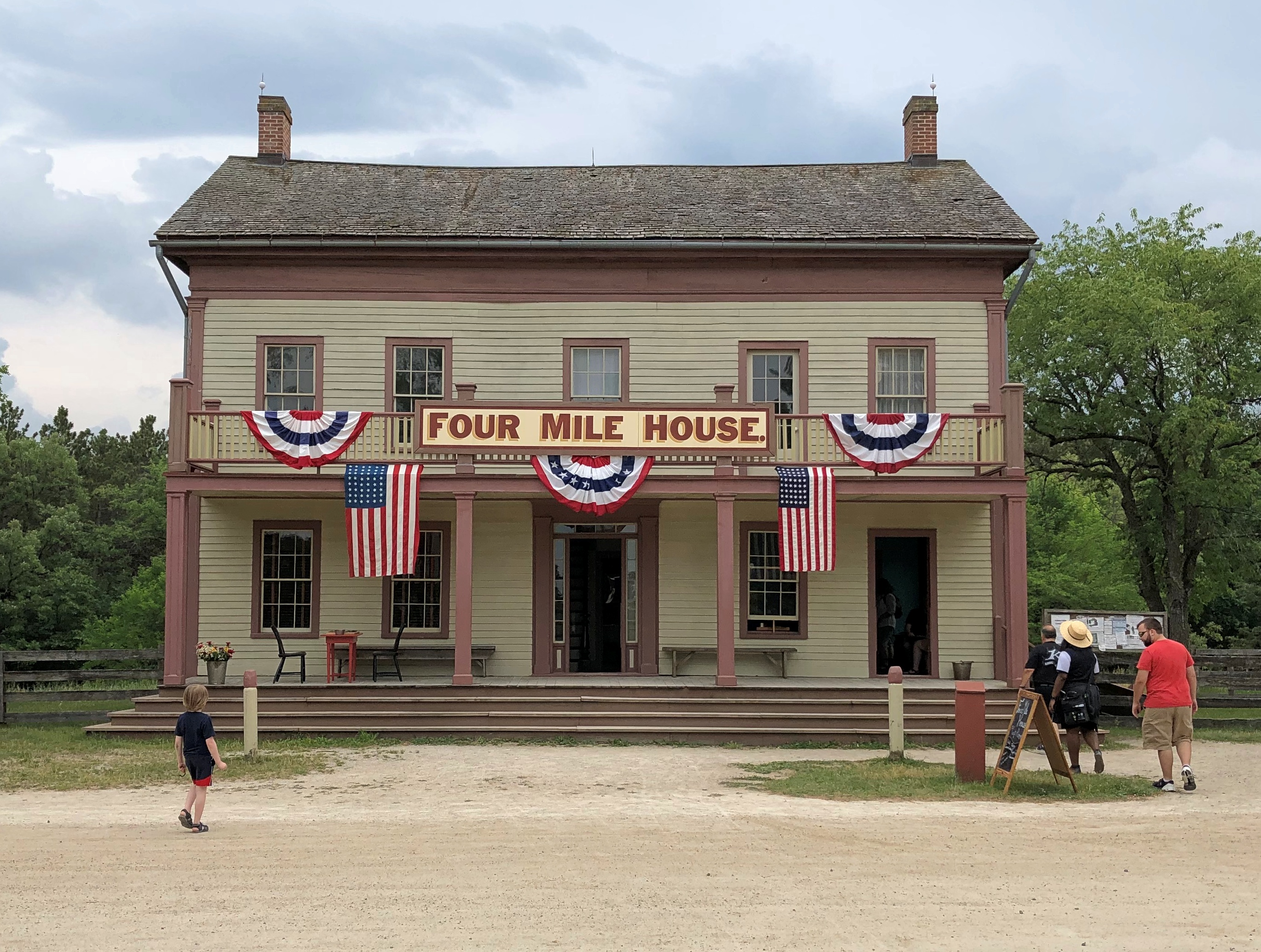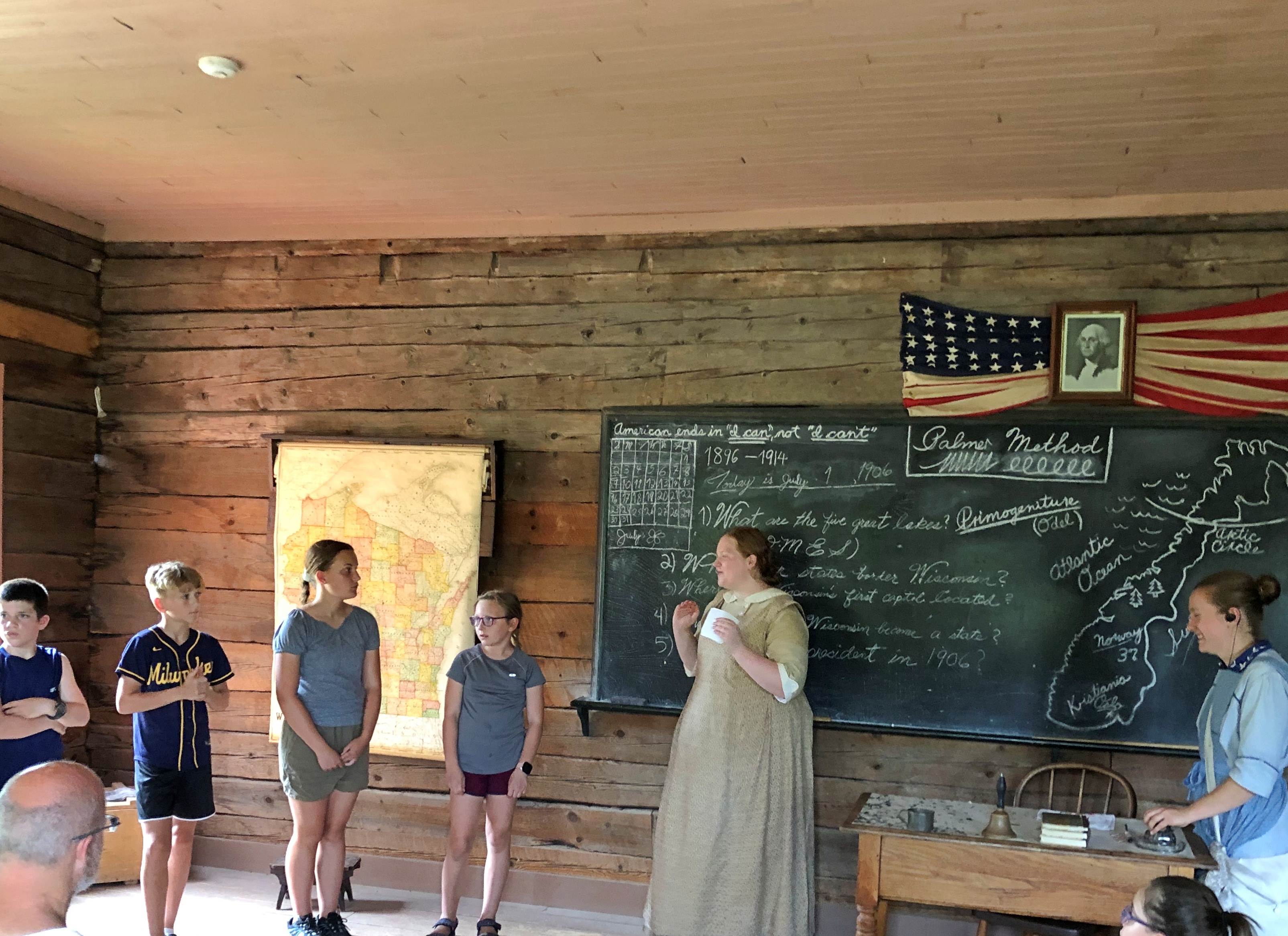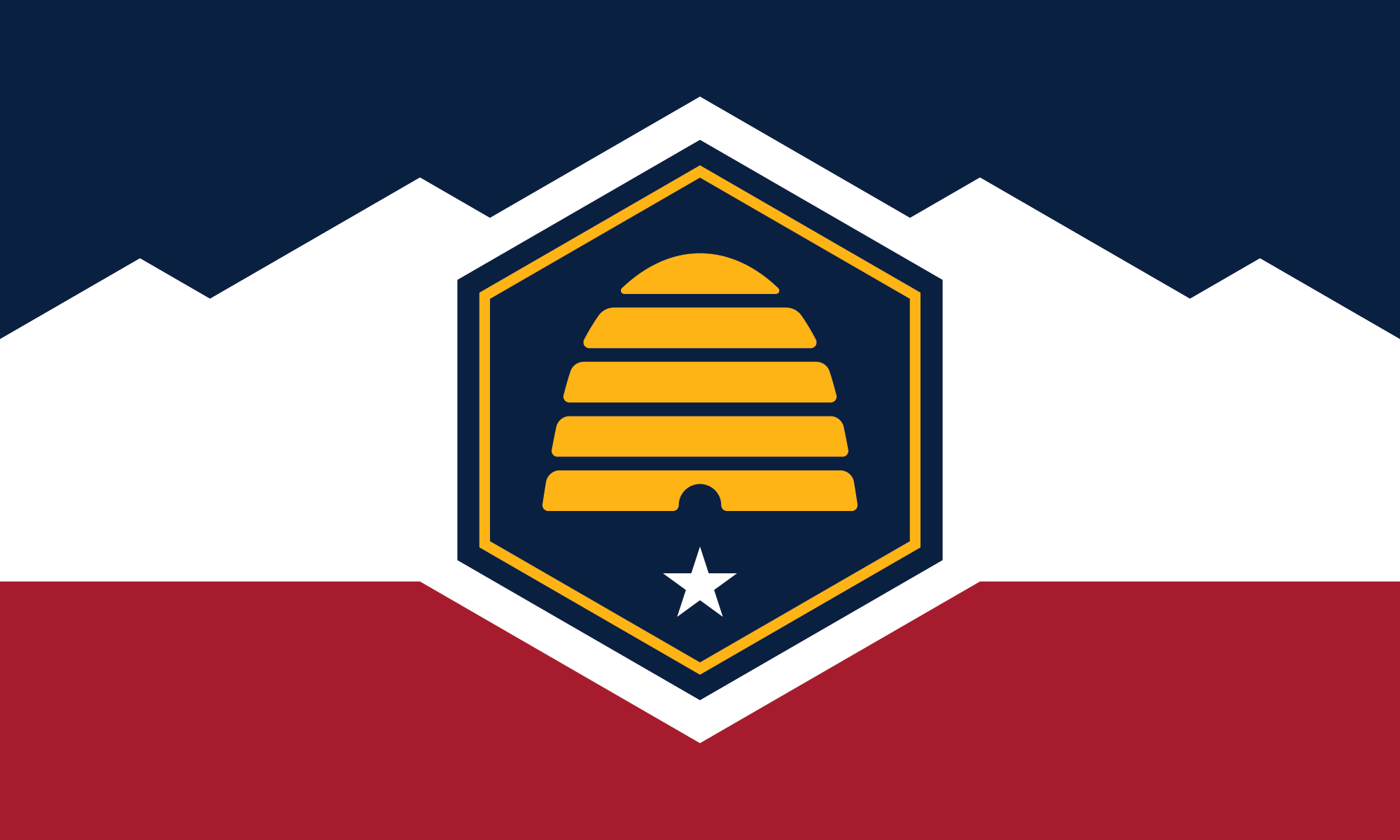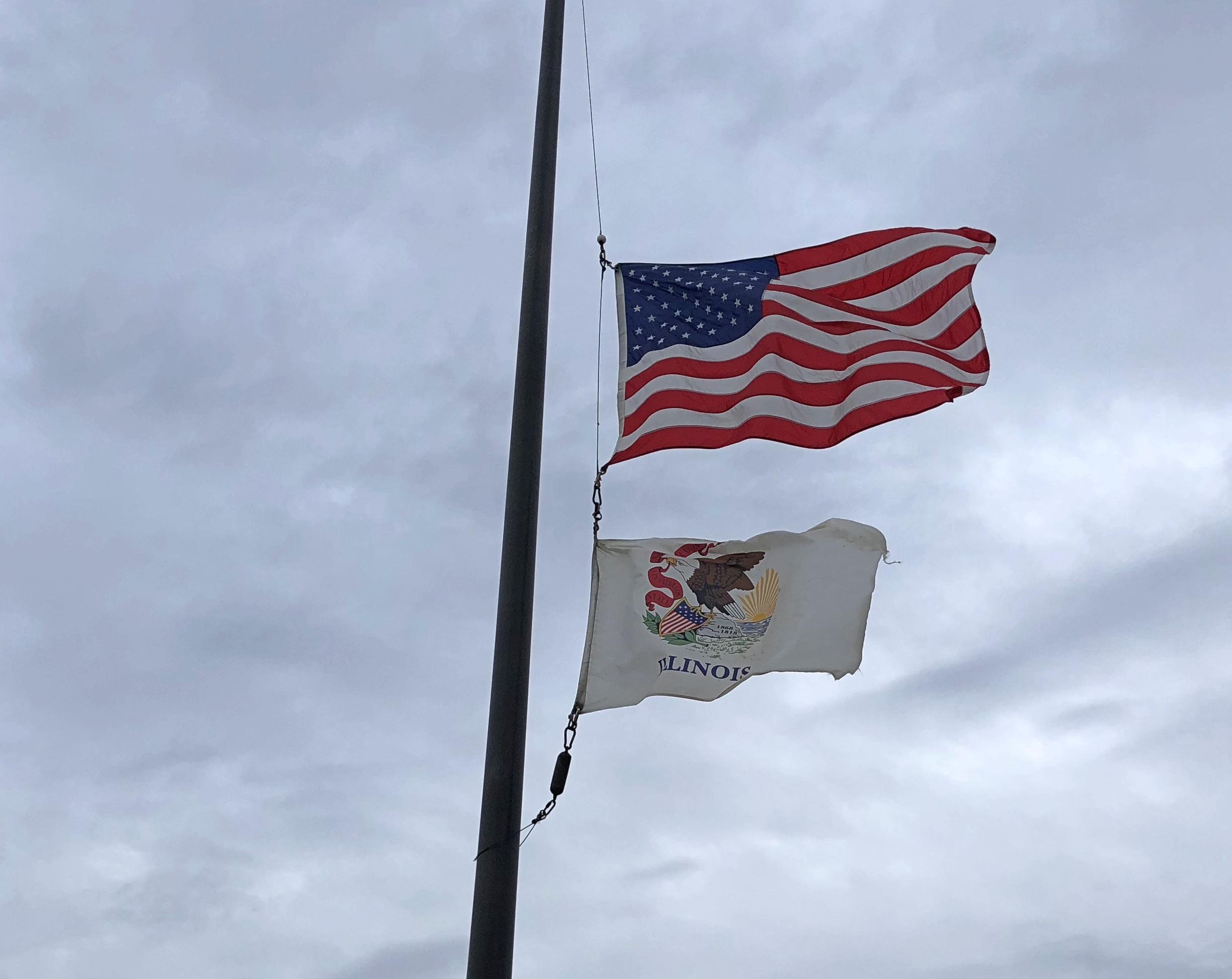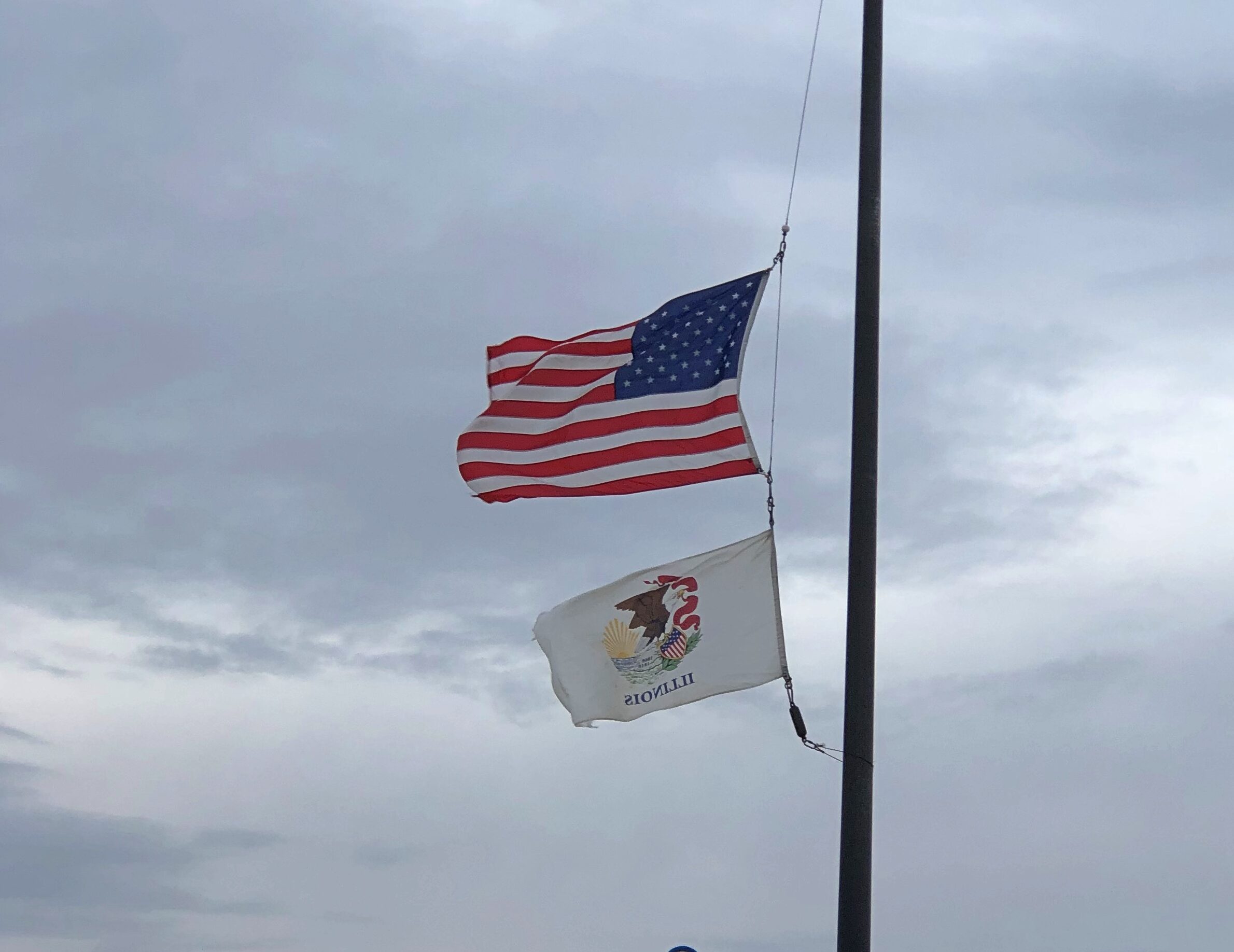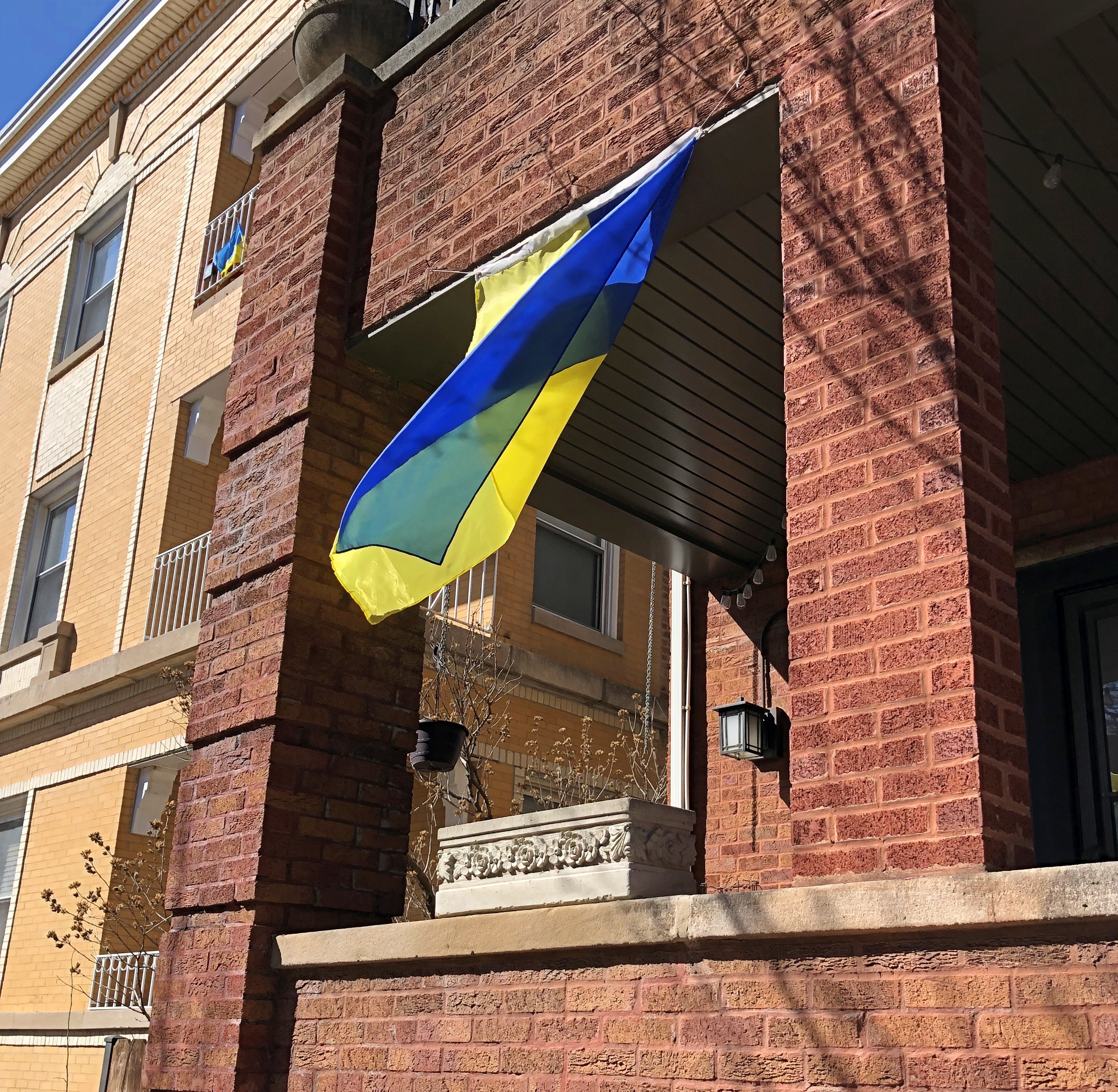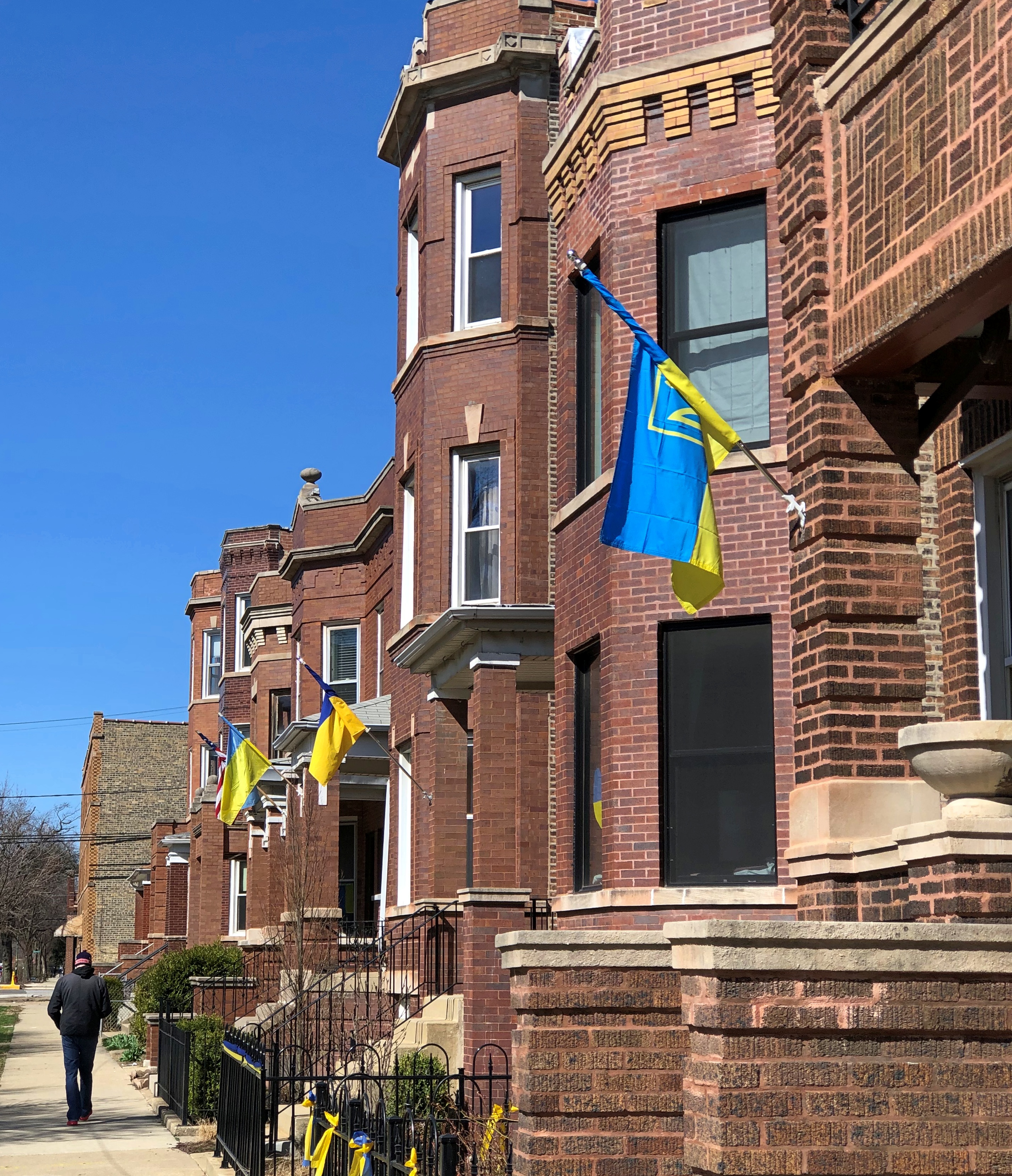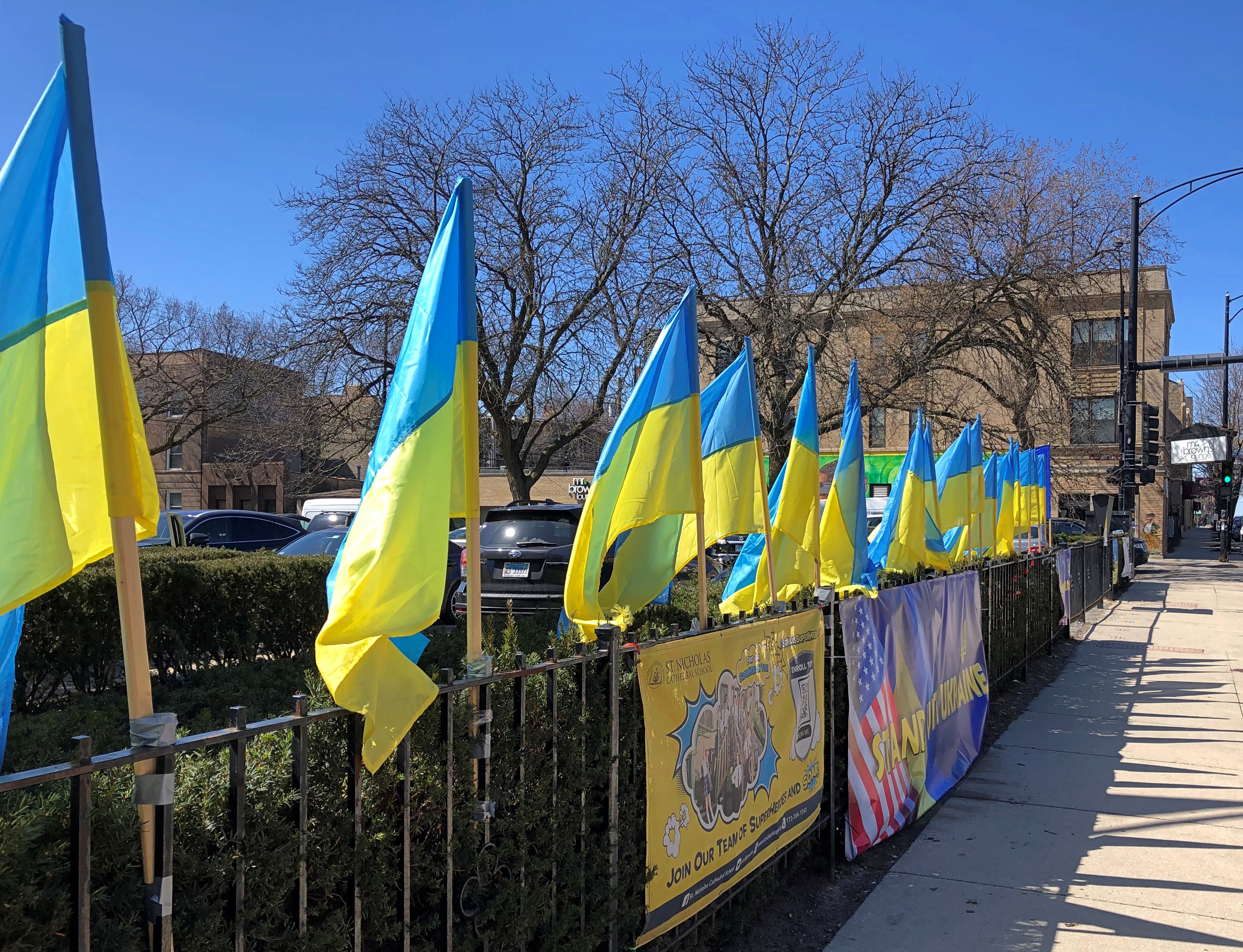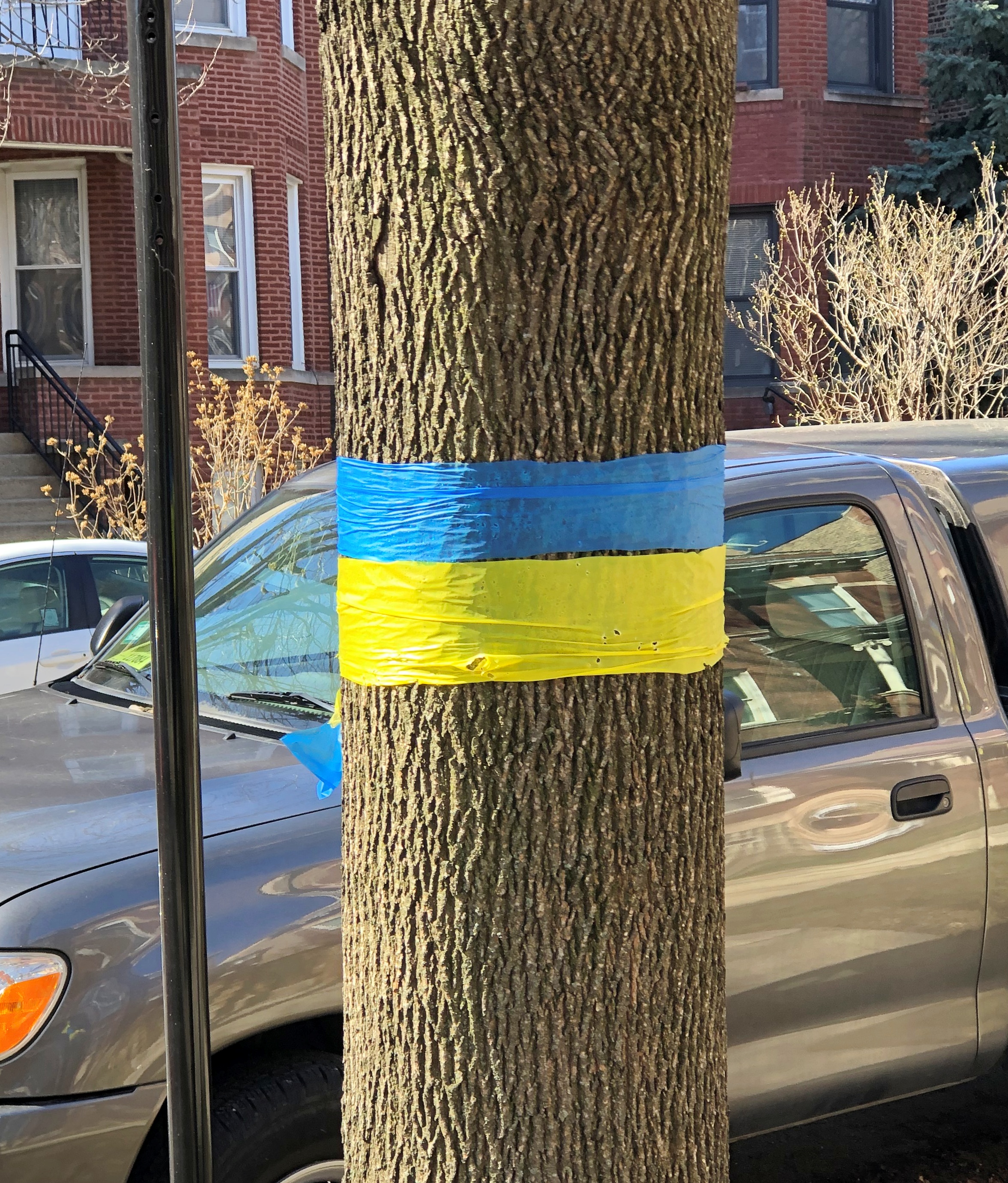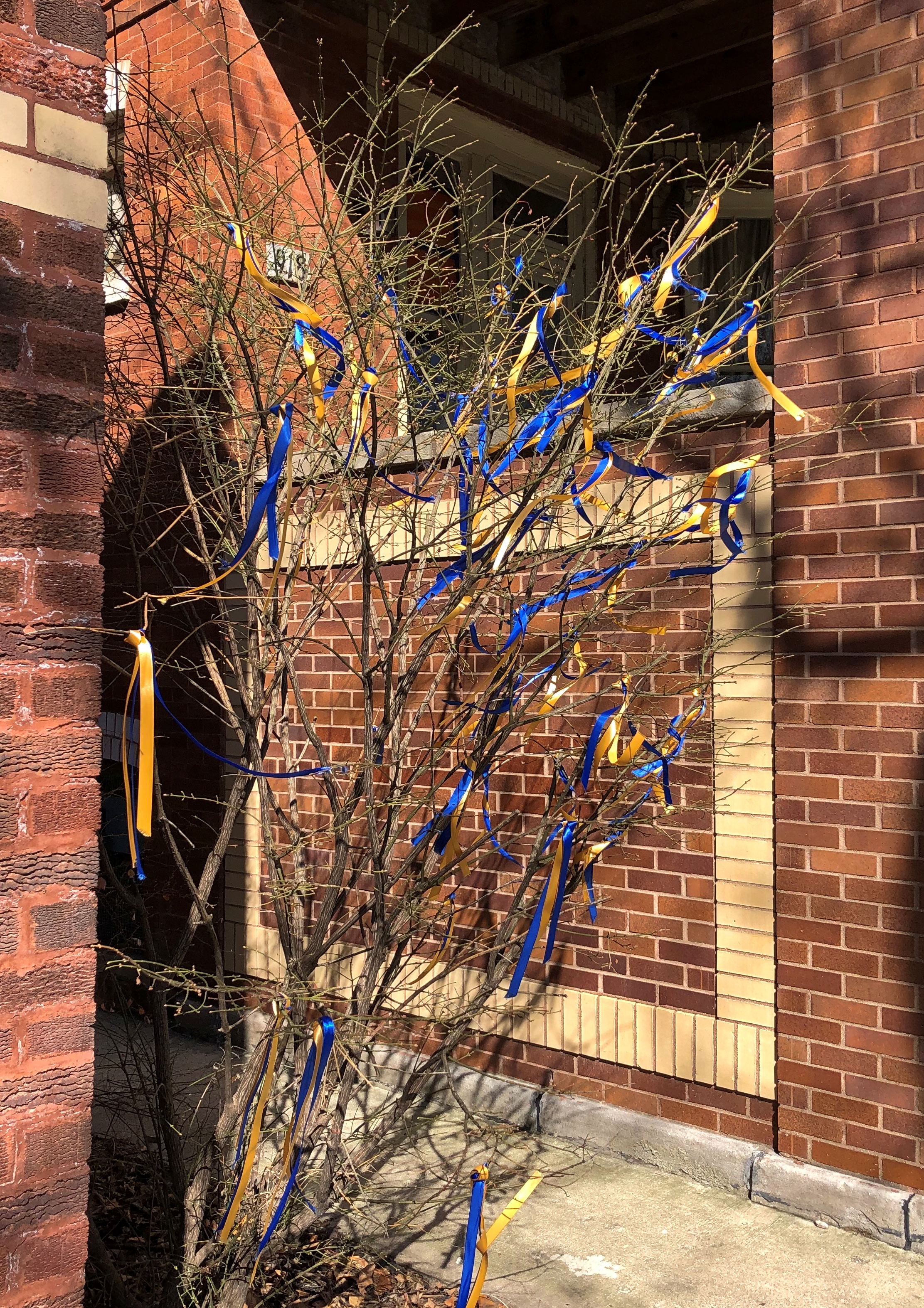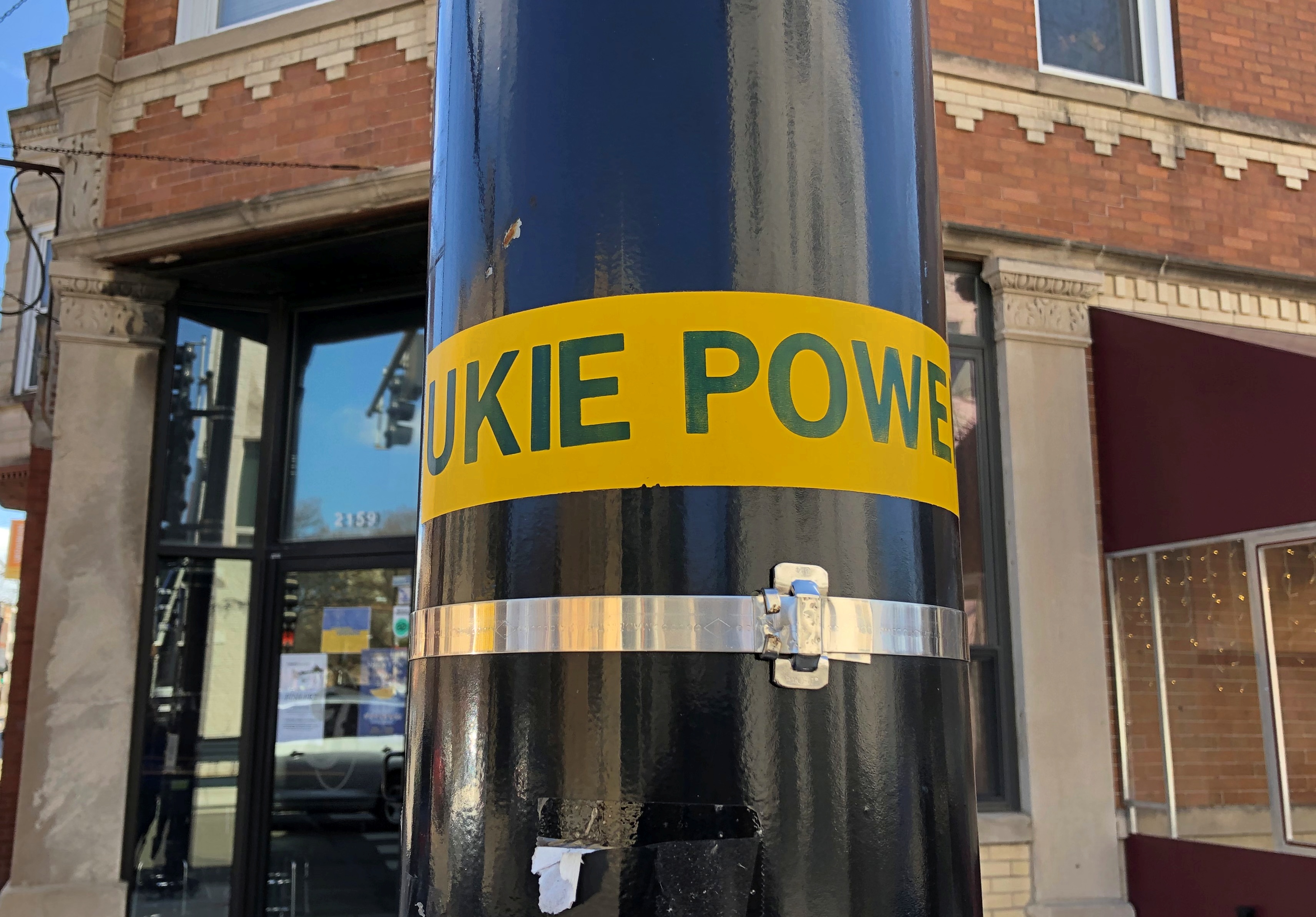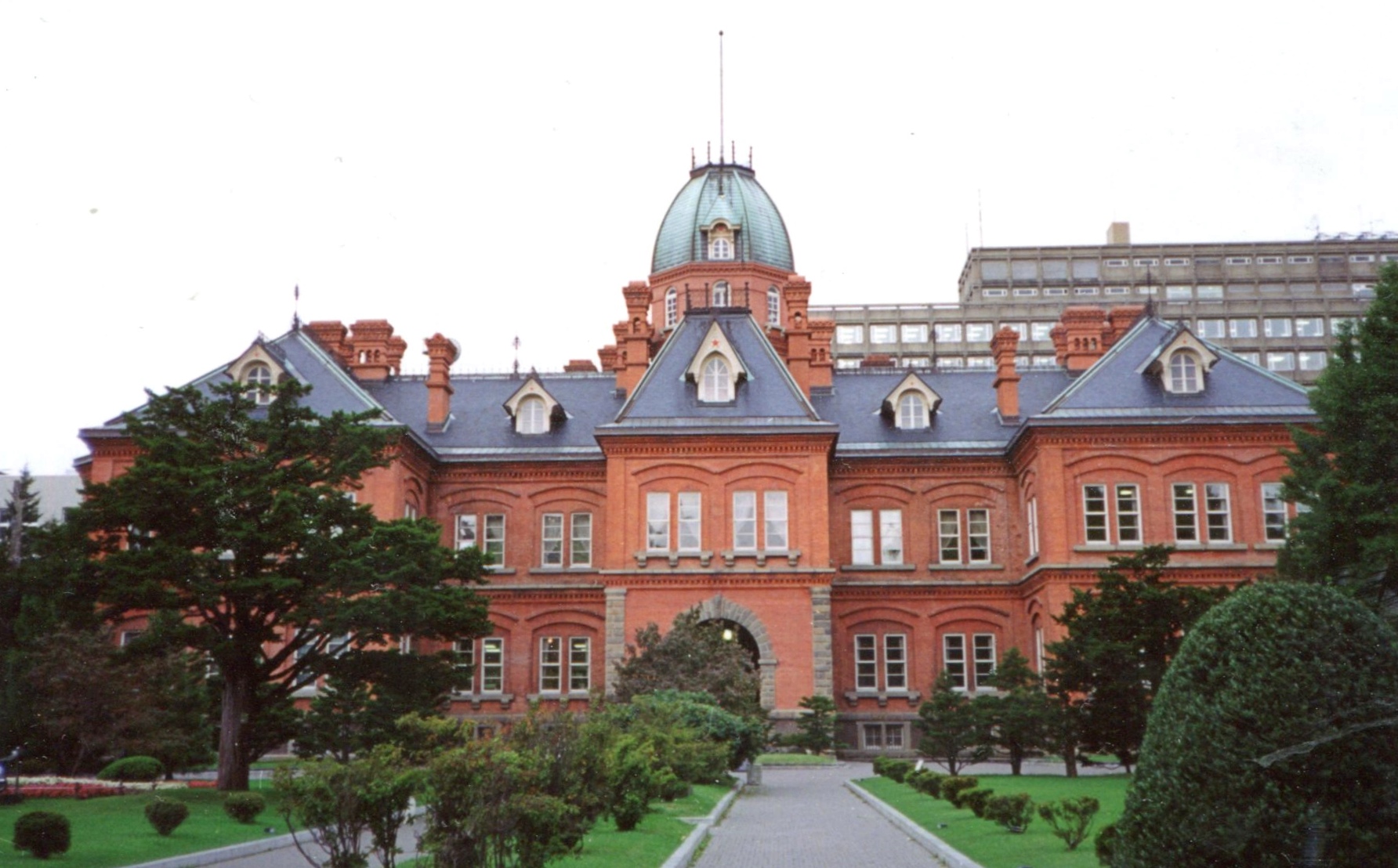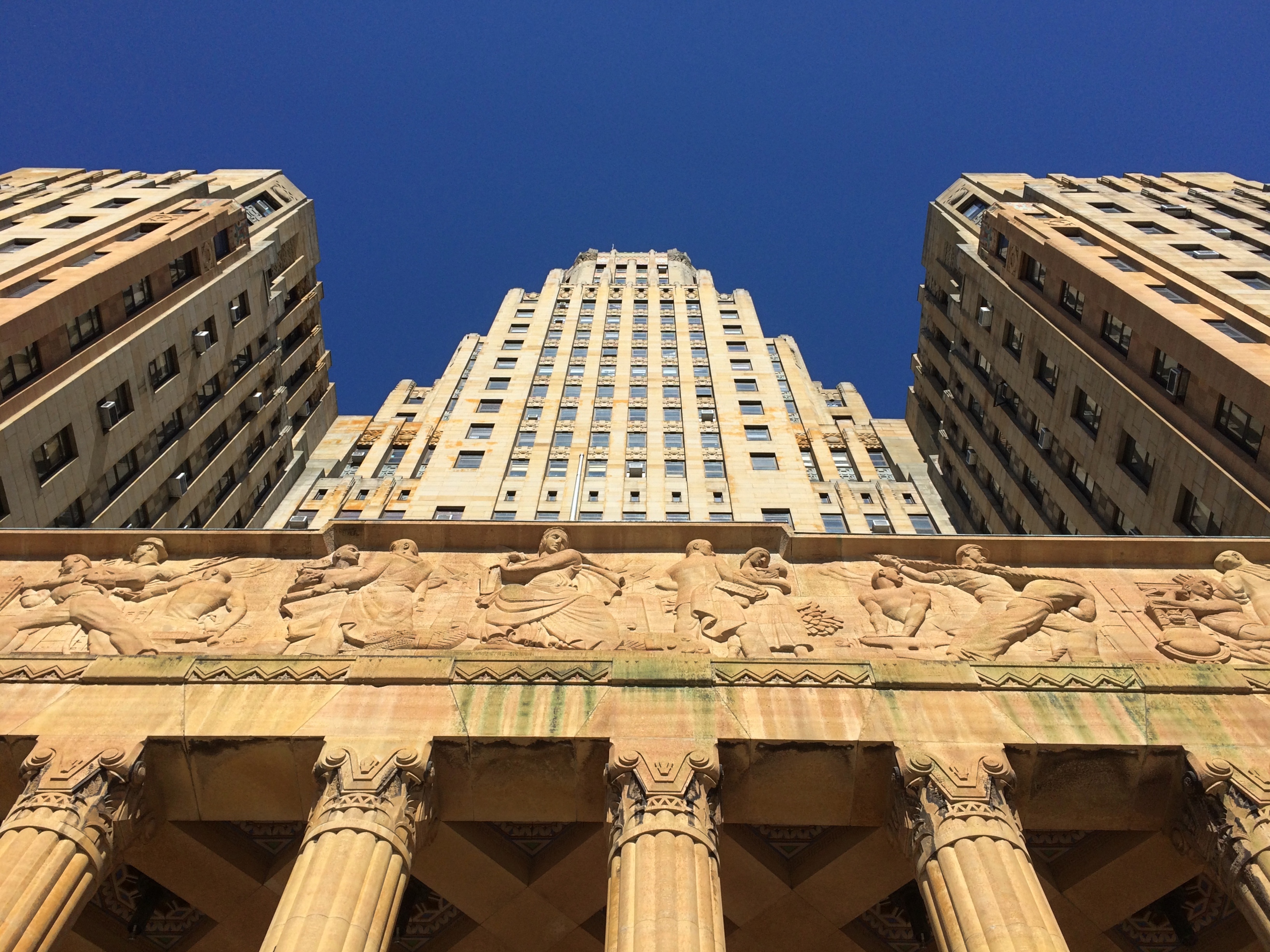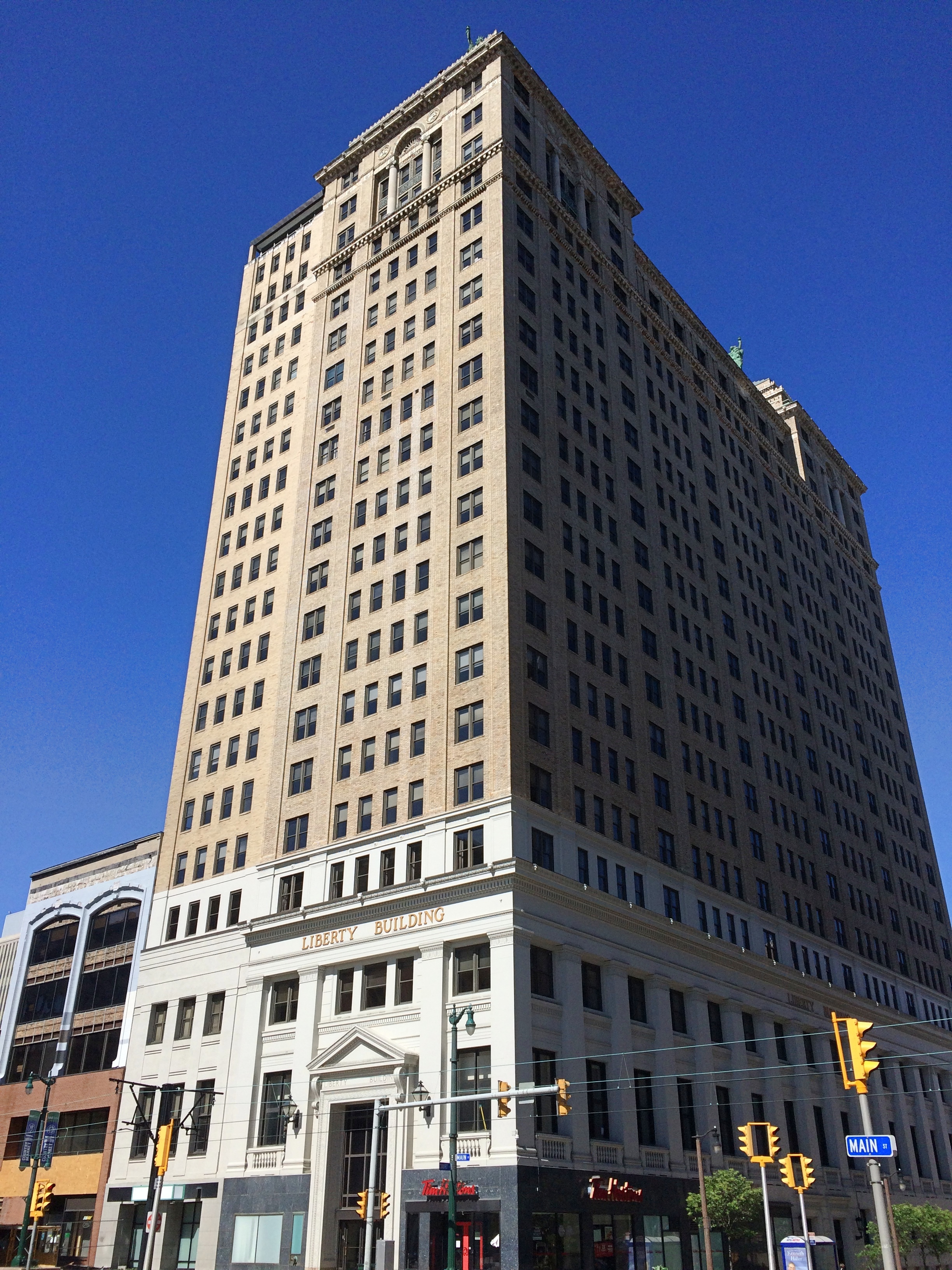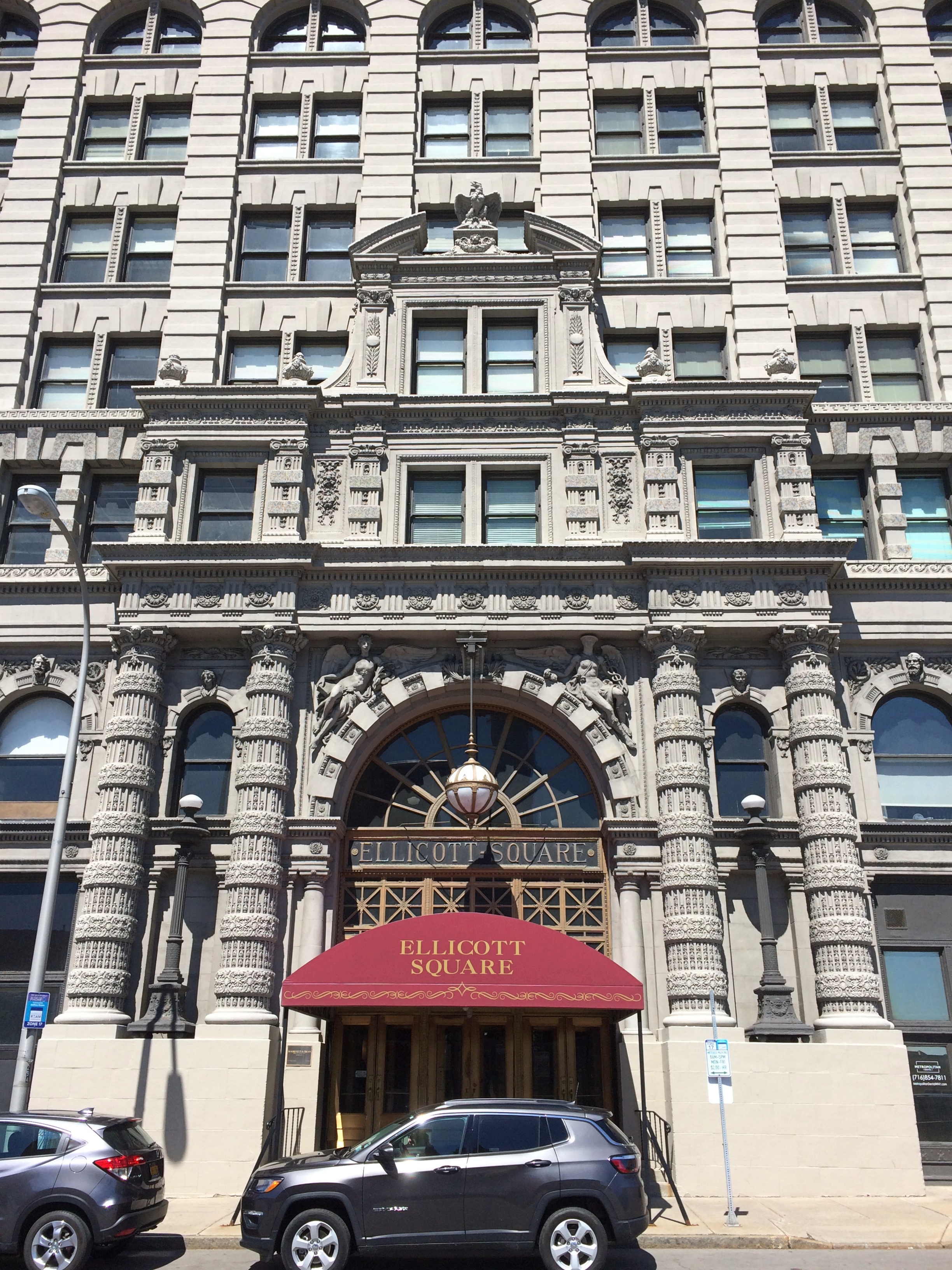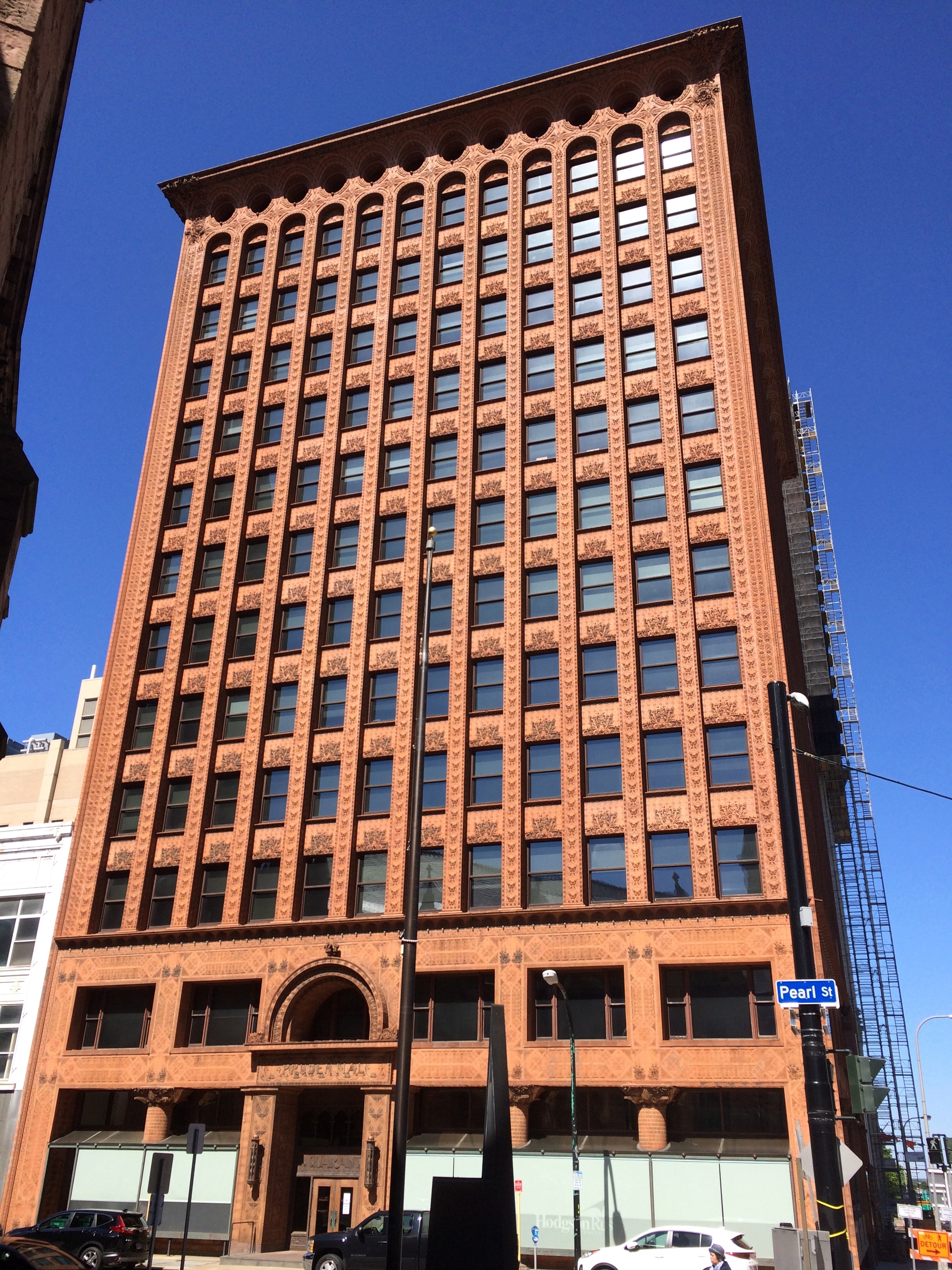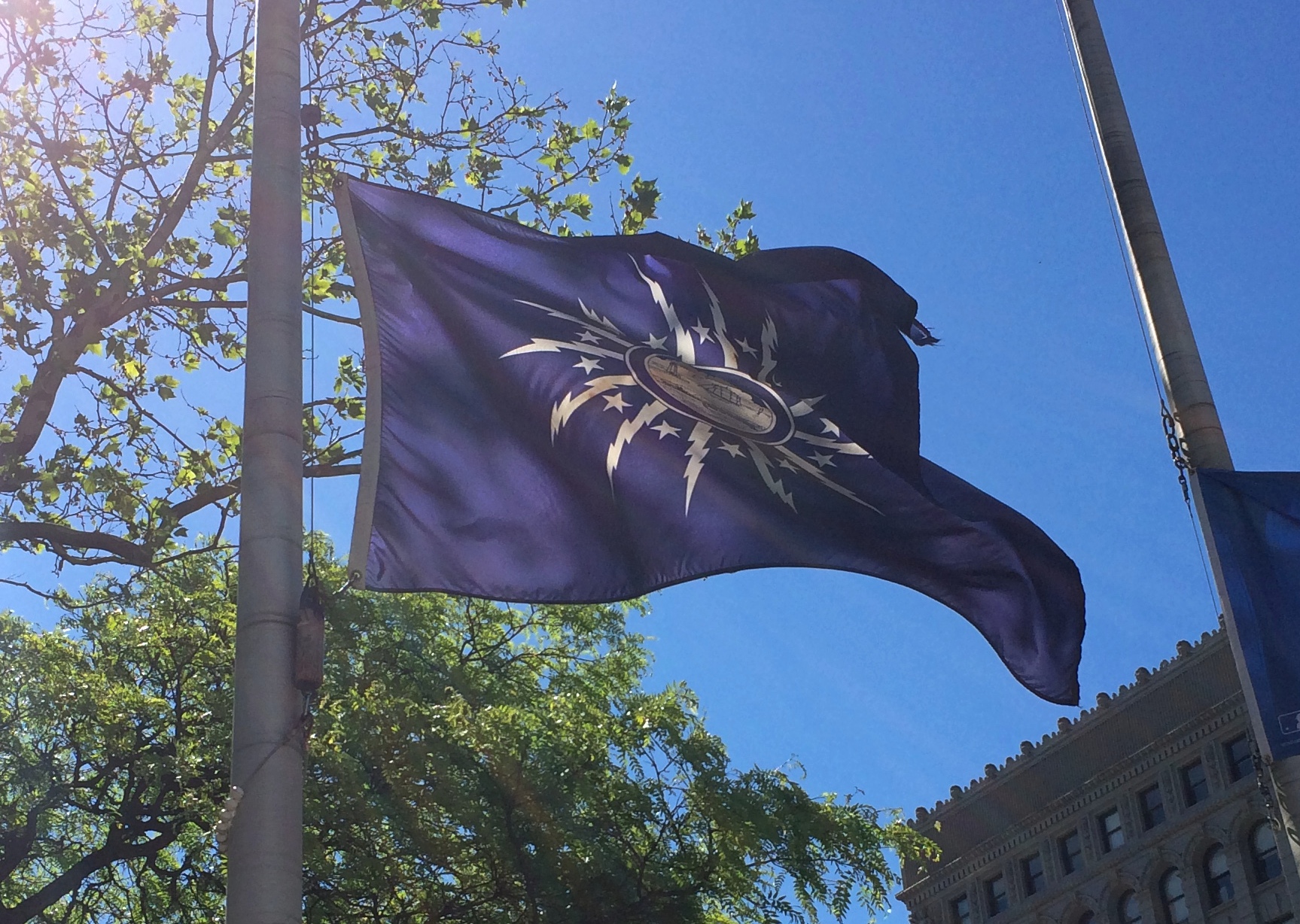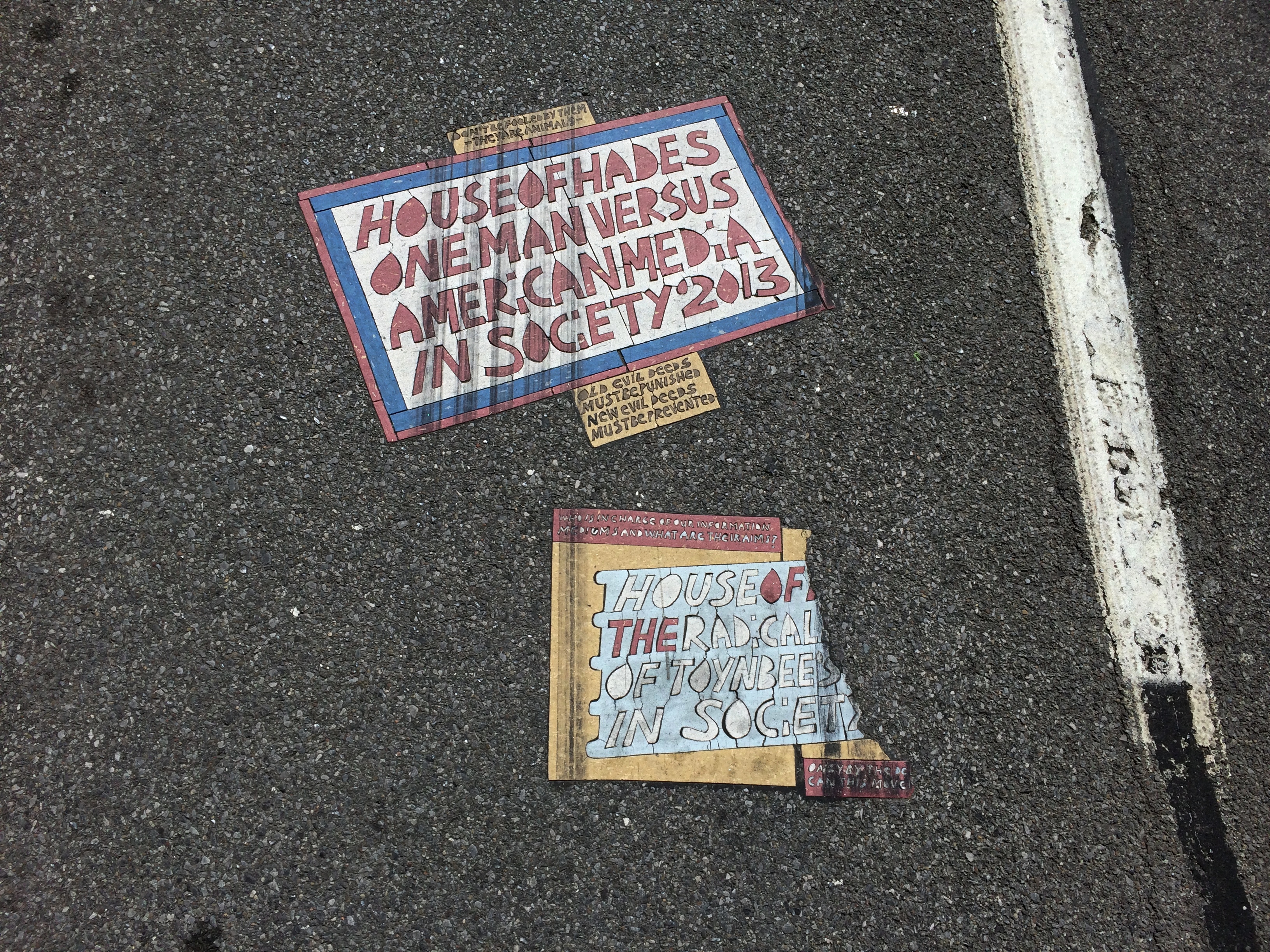Regards for Thanksgiving, back to posting November 27 or so. In the meantime, eat, drink and be indolent.
I woke up this morning from some sort of dream, trying to remember these three kinds of to-dos: shindigs, hullabaloos and hootenannies. I’m pretty sure I could call Full Moon Bluegrass a hootenanny. Otherwise, my experience with them is thin. Also, I forgot about hoedowns. The unconscious is a funny place.
Gentle rain last night, and all through the early morning. I cracked the window very slightly to listen as I drifted off. Still raining when I went to the bathroom not long before dawn. Maybe that put me to mind of folk music parties.
A couple of recent flags, including one that I saw in full flutter after I entered Tennessee just north of Nashville.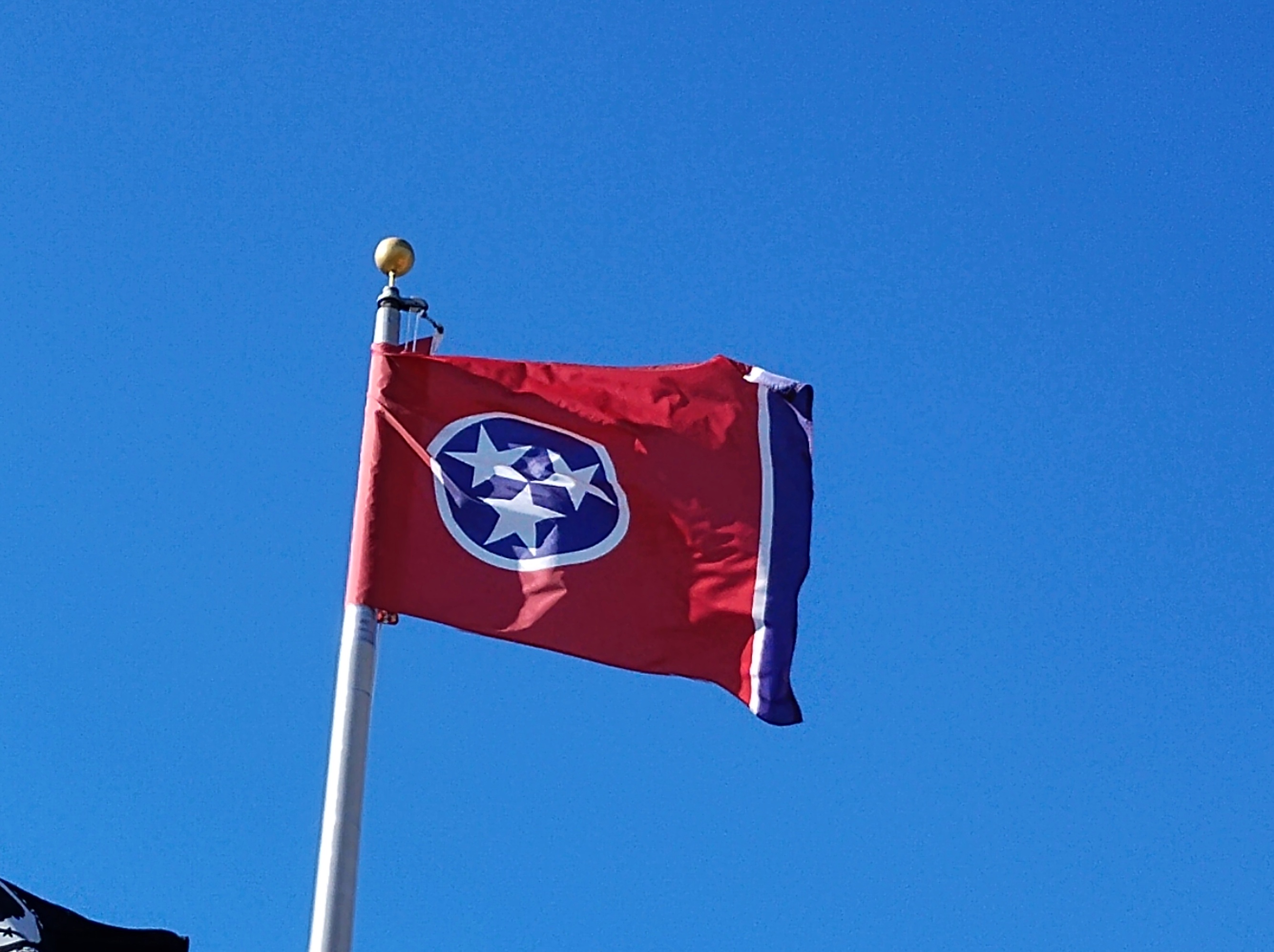
A distinctive design. The three stars represent, of course, the Grand Divisions of Tennessee, a thing unique to the state. Distinct legal entities, but also acknowledging historical and cultural distinctions.
I remember when Tennessee Gov. Lamar Alexander joined Garrison Keillor on stage during the pre-broadcast warmup for A Prairie Home Companion when the show came to Nashville in 1985. The governor played a little on the piano – he was really good, as I recall – and bantered with Keillor.
When it came up that Alexander had grown up in East Tennessee, Keillor said, “You guys were on our side during the war, weren’t you?”
In Texas, I saw a Space Force flag on a pole. First time ever.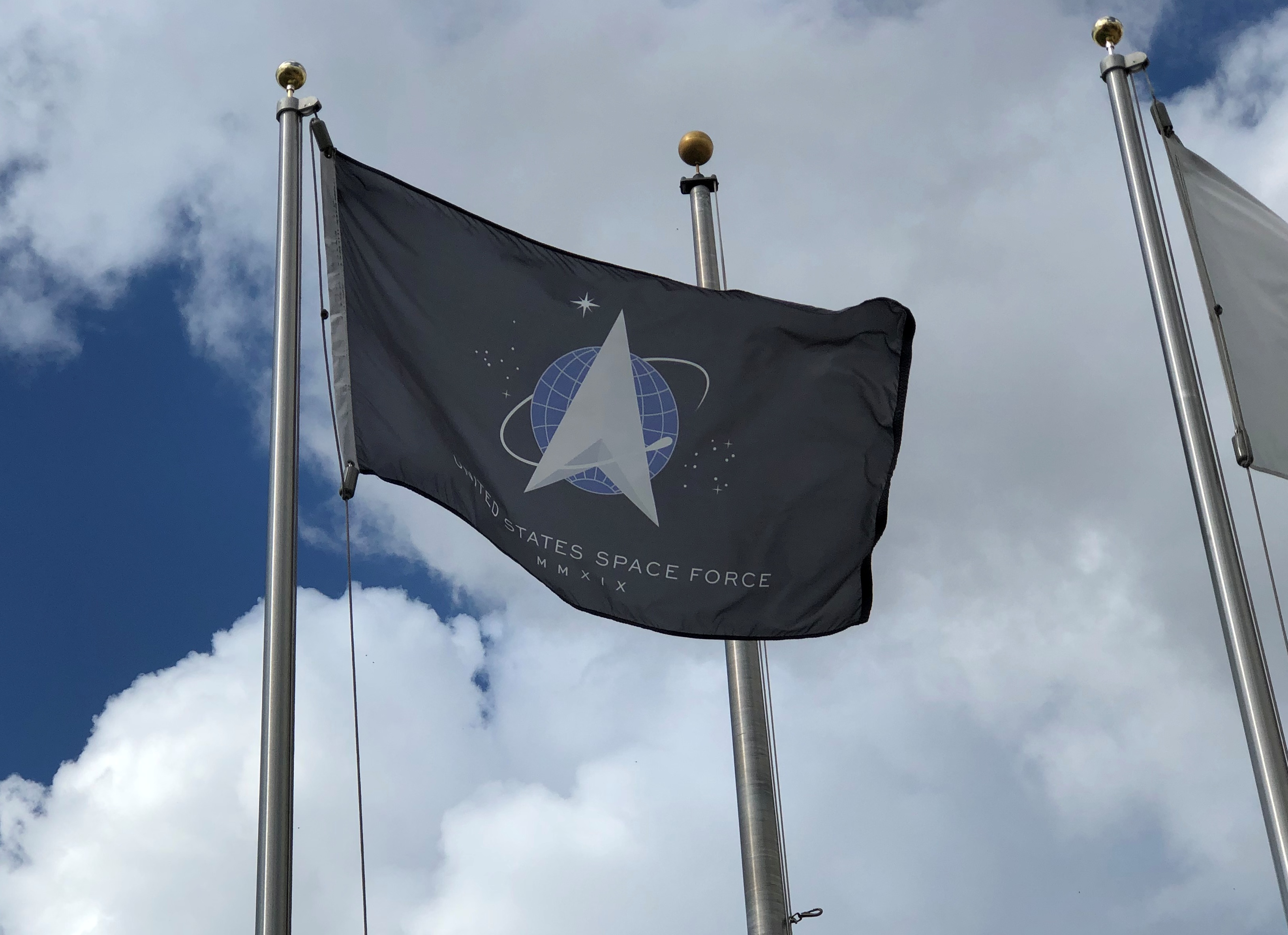
That arrowhead design looks suspiciously familiar. Can’t quite put my finger on it.
Heard some blatherskite on the radio recently about planning one’s “celebration of life.” There’s that absurd euphemism again, standing in for funeral. Apparently it’s caught on. I suspect that undertakers and their marketing people are behind this.
I insist that my survivors, if they want to have some kind of formal event to mark my shuffling off this mortal coil, call it a funeral. It doesn’t need to have any of the trappings of a conventional funeral here in North America, just the term.
That got me to thinking, “mortal coil”? Sure, it’s Shakespeare, Hamlet in particular, but why coil? First place to look: my copy of Onions, which I haven’t opened in entirely too long. That is, a volume called A Shakespeare Glossary by C.T. Onions. I have a revised edition published in 1986.
Coil, n.
1. Noisy disturbance, tumult. Comedy of Errors: What a coil is there, Dromio?
2. Fuss, ado. Much Ado About Nothing: yonder’s old coil at home. Hamlet: When we have shuffled off this mortal coil.
So a coil’s a noisy bit of business. An Elizabethan meaning worth bringing back, but I doubt that’s going to happen. Thus your mortal coil would be the fuss of being alive, of which there’s a fair amount, including sound and fury and signifying… a different play, one that I won’t name.




